2023 Toyota Highlander Adopts Turbo Power, Better Infotainment

The best-selling three-row crossover gets clever tech inside and under the hood.
Toyota on Wednesday revealed a round of improvements for its mid-sized Highlander SUV. The three-row sales champ might not look much different, but the familiar sheetmetal hides a new turbocharged engine, while the interior sees a raft of tech improvements.
The 2.4-liter turbo-four is the headline news, replacing the tried-and-true V6 in gas-powered Highlanders. Important figures are 265 horsepower and 309 pound-feet of torque, which represents a 30-hp decrease but 46-ft-lb increase. In an everyday people hauler, torque is arguably the more important figure anyway.
This is the same engine that powers the new-for-2022 Lexus NX350. There it produces slightly more power—275 hp and 317 lb-ft—but runs on 91-octane fuel. We’ve reached out to Toyota to confirm what grade the Highlander will gulp down. Regardless, the turbo engine hits the same 24 mpg combined rating (9.8 L/100 km), according to Toyota, while emitting half the NOx pollutants of the old motor.
SEE ALSO: 2022 Toyota Highlander Hybrid Bronze Edition Review: Podium FinishEverything else in the Highlander drivetrain is as before: an eight-speed automatic handles shifting duties, with a choice of front- or all-wheel drive. The latter comes in two different flavors: the standard setup allows up to 50-percent of available torque to hit the rear axle, while the XSE, Limited and Platinum include dynamic torque vectoring, driveline disconnect, and Drive Mode Select. Towing capacity stands firm at 5,000 lb (2,268 kg).
Inside, the 2023 model sees two big changes. For starters, while the 12.3-inch central touchscreen isn’t any bigger, it now runs Toyota’s excellent new user interface, which allows for wireless phone mirroring and natural voice control. On top of that, another screen of the same size now slots in ahead of the driver, in Limited and Platinum trims, with lots of customization including four design themes. In addition, the larger touchscreen is now available on more trims. Finally, the previous 7.0-inch TFT screen between the dials is now standard on all trims; previously, the L and LE used a smaller 4.2-inch unit.
SEE ALSO: Kia Telluride vs Subaru Ascent ComparisonAnother handy perk: Toyota has migrated the wireless charger from its old spot in the center console to the cubby below the infotainment screen. Which always seemed suited for just such a use, anyway …
The interior updates apply to both the gas-only Highlander as well as the hybrid model, which rolls into 2023 without any mechanical changes.
The trim lineup sees no changes, with the XSE and Bronze Edition continuing as unique gas and hybrid trims, respectively. Toyota has added its excellent Cypress green paint to the roster, however.
As before, the Highlander will come standard with Toyota Safety Sense 2.5+, a suite of driver safety assists that include automated emergency braking, full-range adaptive cruise control, lane departure alert, lane tracing assist, road sign recognition, and automatic high beams. Blind spot monitoring and rear cross-traffic alert join the lineup on LE trims and above. The hands-free liftgate is now available further down the trim walk, while Limited and Platinum gain power-folding mirrors.
SEE ALSO: Toyota Highlander vs Buick Enclave: Slightly Fancy Face-OffThis latest round of improvements should keep Toyota’s moneymaker out front. Would this have been enough to nose it past the Buick Enclave in our recent comparison? Maybe—we’ll reserve judgment until we experience the turbo engine first-hand. Expect details on 2023 Highlander availability and pricing before too long.
Become an AutoGuide insider. Get the latest from the automotive world first by subscribing to our newsletter here.

Kyle began his automotive obsession before he even started school, courtesy of a remote control Porsche and various LEGO sets. He later studied advertising and graphic design at Humber College, which led him to writing about cars (both real and digital). He is now a proud member of the Automobile Journalists Association of Canada (AJAC), where he was the Journalist of the Year runner-up for 2021.
More by Kyle Patrick



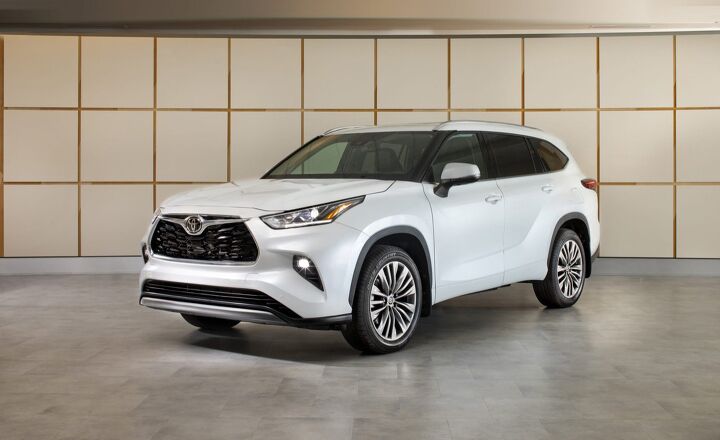


















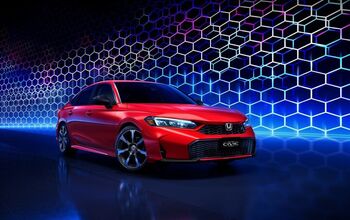
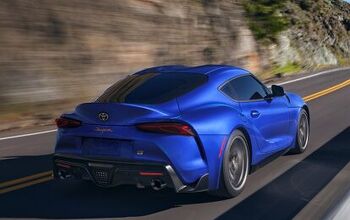


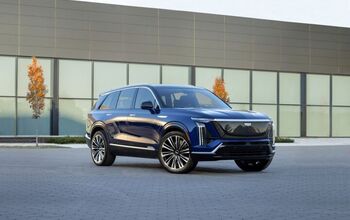


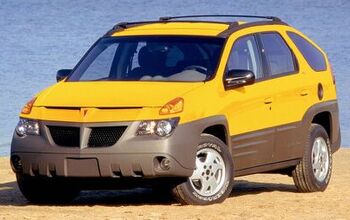



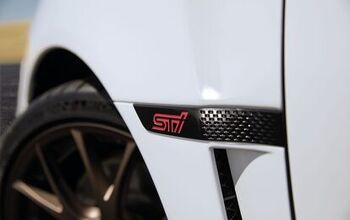

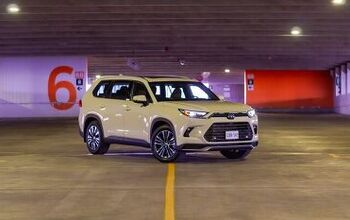
Comments
Join the conversation
I want auto financing